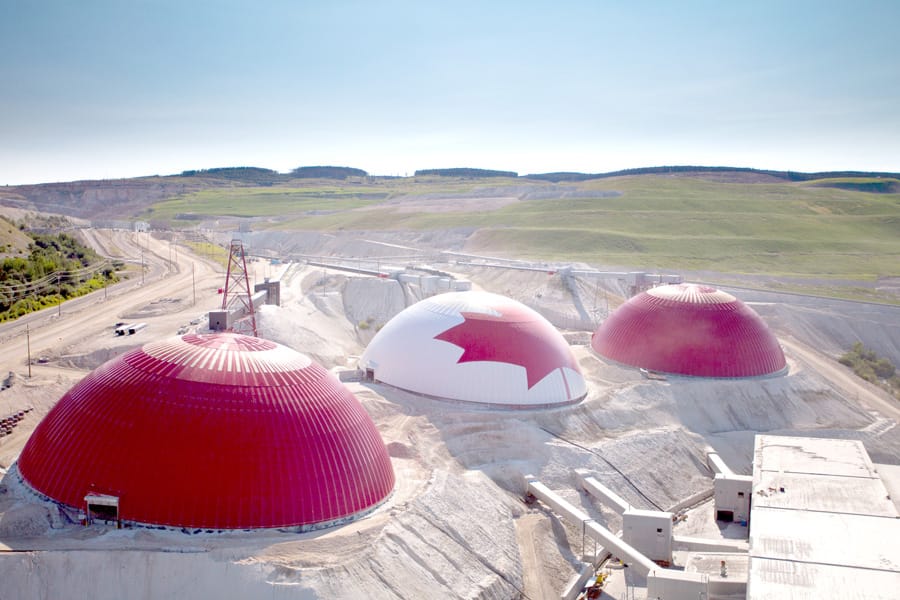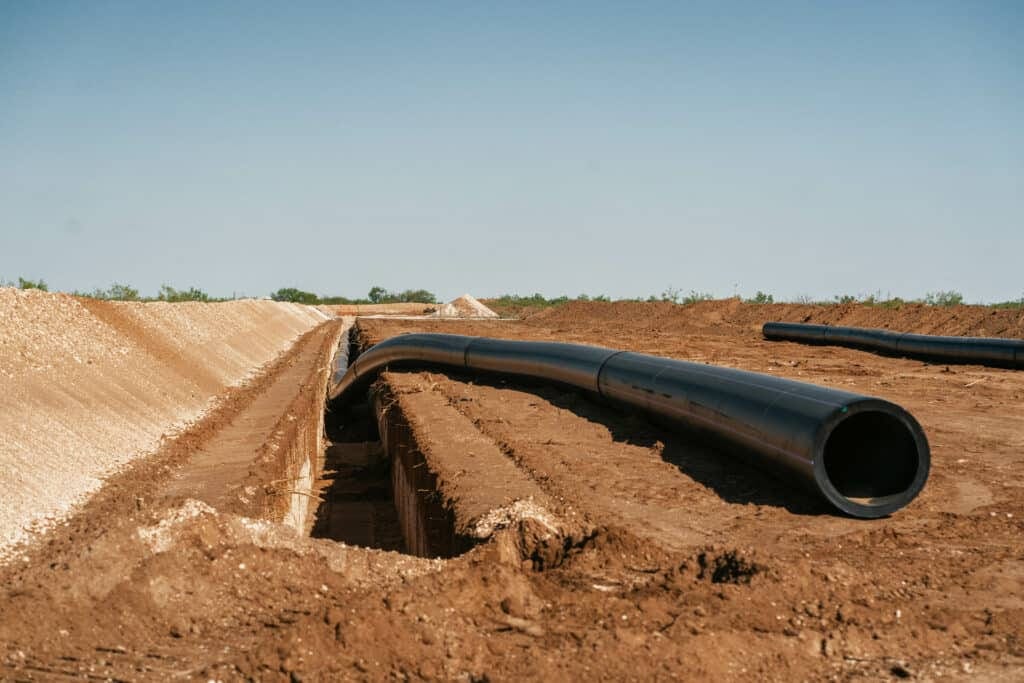Highland Valley Copper (HVC) is one of Canada’s largest and most significant copper mining operations, located in the picturesque region of British Columbia. This mine has played a pivotal role in the global copper supply chain and continues to contribute to the local economy while maintaining a commitment to sustainable mining practices. This blog post aims to provide an in-depth overview of Highland Valley Copper, exploring its history, operations, socio-economic impacts, and sustainability initiatives. dcpipe pipeline expert

History and Background
Highland Valley Copper was established in the early 1960s after the discovery of rich copper deposits in the region. Initially operated by a consortium of mining companies, the site was eventually acquired by Teck Resources Limited, one of the world’s largest mining companies. Since its inception, HVC has experienced several expansions and modernization phases, enhancing its production capabilities and operational efficiencies.
The mine primarily extracts copper and molybdenum from an open-pit mine, characterized by its vast scale and significant mineral reserves. Over the decades, HVC has evolved into a modern mining operation, integrating advanced technologies and best practices to improve both economic viability and environmental responsibility.
Operations and Production
Highland Valley Copper operates as an open-pit mine, which allows for the efficient extraction of ore from the surface. The current mining operations involve two primary pits: the Highland Valley Pit and the Valley Pit, complemented by various processing facilities. The mining output predominantly consists of copper concentrates, which are then shipped for refining and further processing into usable materials.
The operation employs a fleet of state-of-the-art mining equipment, including haul trucks, shovels, and drills, making use of automation and technology to improve safety and efficiency. The current production capacity at HVC typically averages around 130,000 to 150,000 tonnes of copper concentrate annually, although these figures can fluctuate based on market conditions and operational changes.
Economic Contributions
The Highland Valley Copper mine is a significant contributor to the local and national economy. It provides employment for several hundred individuals, with many workers residing in nearby communities. The jobs span a diverse range of skills and specialties, from geology and engineering to administration and skilled trades. HVC plays a vital role in supporting local businesses and services, which depend on the economic activity generated by the mine.
Moreover, the mine contributes substantial tax revenues to local, provincial, and federal governments, further bolstering public services and infrastructure. The economic stimulus provided by HVC has been particularly crucial for the surrounding communities, some of which rely heavily on the mining industry as their primary source of revenue.
Environmental Stewardship and Sustainability
While mining inevitably impacts the surrounding environment, Highland Valley Copper is committed to mitigating its ecological footprint through various sustainable practices and initiatives. The mine operates under stringent environmental regulations and employs comprehensive environmental management systems to monitor and manage its ecological impact.
Key sustainability initiatives at HVC include:
- Water Management: HVC utilizes advanced water recycling systems to minimize fresh water consumption. The operation aims to reduce its water footprint while ensuring that all discharges meet or exceed regulatory standards.
- Biodiversity Conservation: The mine actively promotes practices that enhance biodiversity in the surrounding areas. This includes habitat restoration projects and the protection of local flora and fauna.
- Waste Management: Highland Valley Copper employs innovative waste management practices to reduce the volume of waste generated. This includes reusing materials wherever possible and minimizing the environmental impact of tailings storage facilities.
- Community Engagement: HVC places a strong emphasis on community relationships and engages with Indigenous groups and local stakeholders to ensure that their voices are heard in decision-making processes. The company promotes transparency and works collaboratively to address environmental, social, and economic concerns.
Challenges and Future Outlook
Despite its successes, Highland Valley Copper faces multiple challenges, including fluctuating copper prices, operational costs, and environmental regulations. As global demand for copper continues to rise, driven by the transition to renewable energy and electrification, HVC will need to adapt to these changing market dynamics.
Additionally, the mining industry is under increasing scrutiny regarding its environmental impact and sustainability practices. HVC’s commitment to continuous improvement in its environmental management and community relations will be essential in ensuring its long-term viability.
In terms of the future outlook, Highland Valley Copper appears well-positioned to remain a key player in the global copper market. The continuous exploration for additional mineral resources and investments in technological advancements will play a crucial role in enhancing operational efficiencies and production capabilities.
Conclusion
Highland Valley Copper stands as a testament to the balance between economic development and environmental responsibility. Its rich history, significant contributions to the local economy, and commitment to sustainable practices highlight the importance of responsible mining in today’s world. As the demand for copper continues to grow, HVC’s ability to adapt and innovate will undoubtedly play a pivotal role in shaping the future of the mining industry in Canada and beyond. dcpipe pipeline expert

